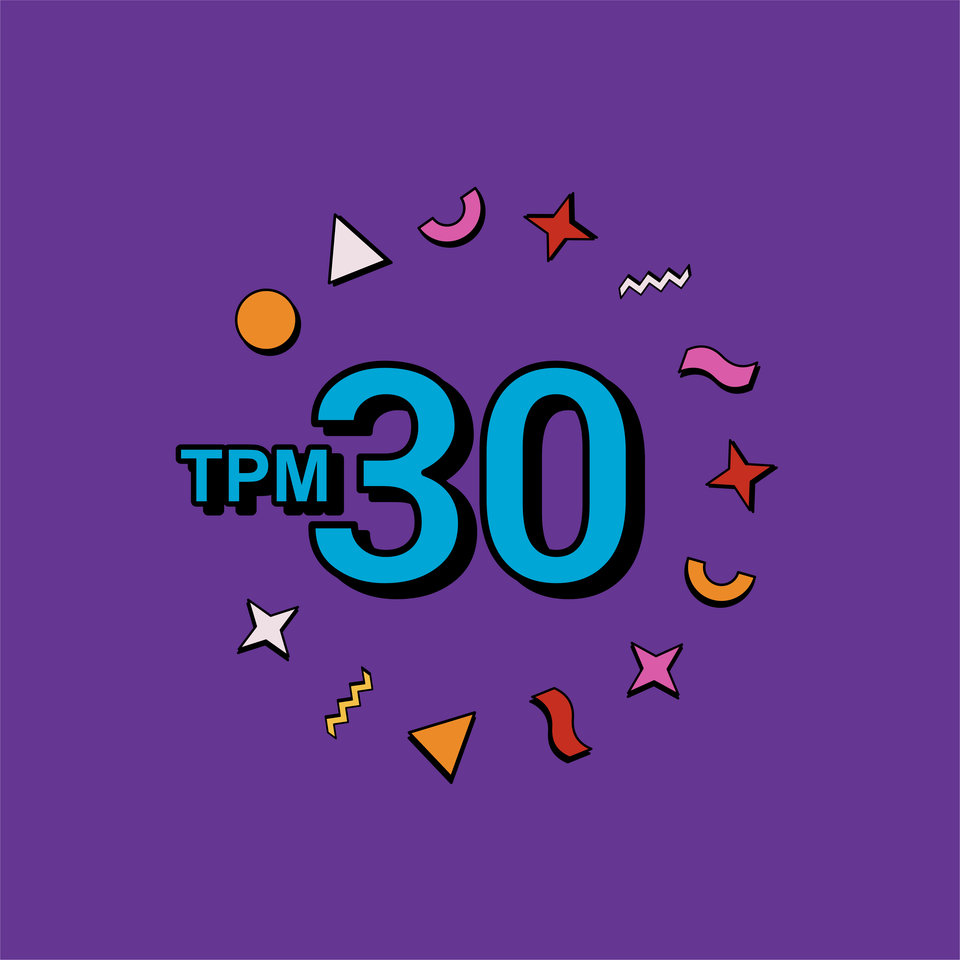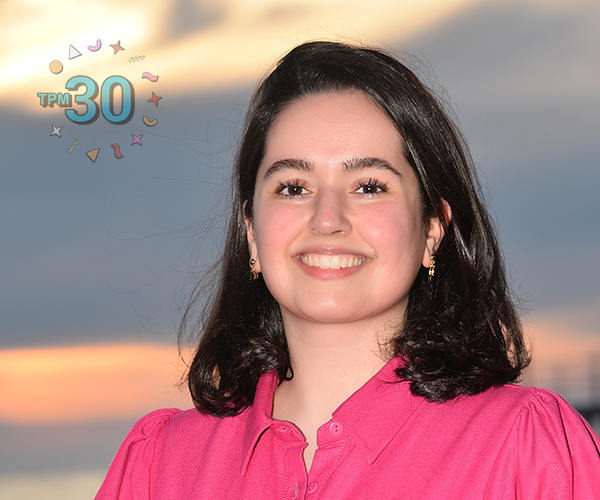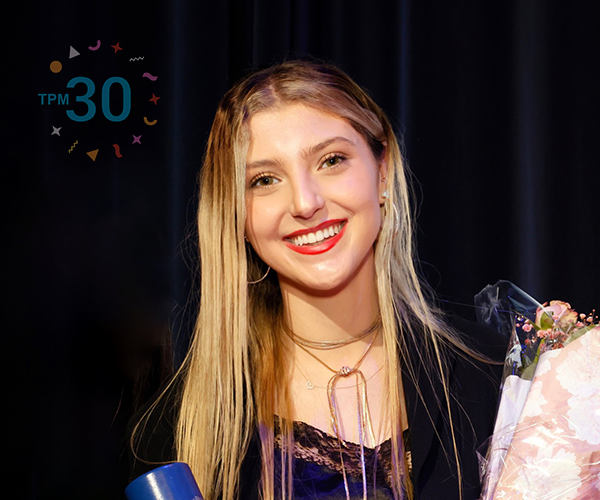TPM Portraits: Margot Weijnen
When education within Technische Bestuurskunde is slowly taking shape, it is time for the next step: research. With the appointment of Margot Weijnen as professor in 1994, the first major research programmes got off the ground within TB. Weijnen is one of the driving forces behind Design and Management of Infrastructures and NGInfra. “Thanks to these programmes, we were finally being taken seriously in Delft.”
Greater co-operation between faculties during environmental and energy research. That was the assignment that brought Margot Weijnen to TU Delft in 1990. And that is how Interduct, the interfaculty Delft institute for clean technology, came about. Weijnen: “The aim of greater interfaculty co-operation was to ensure that we could bring bigger projects to Delft.”
At the time, co-operation between faculties was still relatively new in Delft, says Weijnen. “Faculties differed widely in strategies and systems. Each faculty still had its own letter-headed paper, for example. It was not easy to generate enthusiasm within faculties for projects that they hadn’t come up with themselves. Everyone had their own ideas on programmes and approach.”
Professor of Process and Energy Systems
However, Interduct got off the ground and more and more projects were acquired. In 1994, Weijnen was appointed professor of Process and Energy Systems Engineering at the TB faculty which was still in its infancy at the time. Weijnen: “TB did not yet exist when Interduct was set up. The development of the curriculum was top priority for the faculty. A faculty research strategy was yet to come.”
Initially, Weijnen tried to combine her new position with her work with Interduct. But in 1995, she decided to make the move to the faculty of TB. “There was just too much to be done at the faculty. I wanted to be able to focus on that completely. Most of Interduct made the move to TB with me. We were an extremely tight-knit group and simply had more prospects for the future at TB.”
Setting up a research programme
Setting up a research programme was quite a challenge, says Weijnen. “There was hardly any basic funding and we had to focus on teaching a lot of the time. So when it came to taking on researchers, we had to acquire external funding. Fortunately, I had built up a wide network in industry and the policy world from my past at Shell and Interduct, in particular at the Ministry of Housing, Spatial Planning and the Environment.”
With the help of contacts and co-funding from industry, TB soon landed multi-million euro contracts, including a project on green hydrogen and gas in connection with the greening of the gas supply, for example. Weijnen: “At the time, it was still considered a bizarre idea, but today it is super topical.”
Justifying TB’s existence
Although it has been a lot of hard work, Weijnen’s recollections are mostly positive. “There was an incredible amount of energy in the faculty. Everyone was extremely ambitious and motivated, including the students. We were all dedicated to the interdisciplinary concept of TB and wanted to make it work. Moreover, we wanted to justify the existence of the faculty. That really created a feeling of solidarity.”
What also contributed towards the sense of belonging to a group was that all the research groups criss-crossed each other in the building. Weijnen: “Which means that you are always bumping into each other. We often ate lunch together. And when you speak to each other a lot, you also discover what you have in common. Our affinity with infrastructure systems, for example. The liberalisation of the utility sectors that erupted back then brought with it both technological and administrative issues.”
A socio-technical approach to infrastructure
The idea for a new interfaculty research programme called Design and Management of Infrastructures (DMI) came about from talking to her colleagues. Weijnen: “Thanks to incentive funding from TU Delft, there was room for around ten PhD positions, spread over five faculties. This allowed us to launch new research projects and continue to grow.”
At that time, DMI was the first programme that studied infrastructure systems from different sectors as comparable systems, says Weijnen. “We looked not only at energy but also at transport, water and telecoms. If you just zoom out a bit further, you can see that all these networks have a lot of characteristics in common and also that they are dependent on each other.”
The other innovative aspect of DMI is the approach to infrastructure from a socio-technical angle, the interaction between social, administrative and technical complexity. Weijnen: “The use of models was really important for that. These were the years when serious gaming and agent-based modelling took off.”
Another new programme: NGInfra
The success of DMI put TPM in a good position to apply for the latest round of research funding from the FES, similar to the current Growth Fund. Around the turn of the century, Weijnen teamed up with Ernst ten Heuvelhof and other colleagues from TB to put together a proposal for a new programme focusing on infrastructure: Next Generation Infrastructures (NGInfra). It involved co-operation between knowledge institutions and network operators, led by TB.
Weijnen: “I remember driving to The Hague with a big pile of documents to deliver them personally just before the deadline. I was so afraid of something going wrong with the mail that I wasn’t going to take any chances. And e-mail was still quite new. Official papers were only delivered through old-fashioned mail or telefax. By personal delivery I knew for sure that the documents had got there on time and had been delivered to the right people.”
There was a long wait after that. “For a long time, it was not certain whether the latest round of FES funding would go through. In the end, it was two years before we knew the outcome.” But it was worth the wait. “In November 2003, we heard that our application had been successful and that we had been awarded 20 million euros of grant funding. We were ecstatic. We still needed another 20 million in co-funding but we managed to secure that too. Through NGInfra we launched dozens of new PhD research projects, forty or so at TPM, and another forty at other faculties and other universities in the Netherlands and abroad.”
Finally taken seriously in Delft
According to Weijnen, the fact that the idea for NGInfra originated from TPM finally put the faculty on the map in Delft. “For a long time, we felt as if we weren’t really being taken seriously. We were small and there was a feeling at TU that we didn’t really belong there as a non-hard technological degree programme. But the success of DMI and NGInfra helped us attain a strong position in Delft. I’m extremely proud of that.”
The pioneering work of NGInfra hasn’t gone unnoticed in Europe. The Oxford University-led Infrastructure Transitions Research Consortium set up in the United Kingdom was inspired by the programme. Weijnen: “In the Netherlands, we got top marks on all the research assessment criteria. You can never better that. It’s good that after ten years of NGInfra, the faculty chose to broaden its focus to complex engineering systems and comprehensive engineering.”
Nostalgic for the early years
Due to her work at the WRR (Netherlands Scientific Council for Government Policy) and NWO (Dutch Research Council), Weijnen is now less involved in TPM than she used to be. “I still sometimes feel nostalgic for the spirit and cohesion of the early years. Now you see that cohesion on a different scale, like in the labs, for example. Also, due to our enormous growth we have become more of a ‘normal’ faculty. Meanwhile, many of the PhD candidates we recruited for the DMI and NGInfra programmes, now have flourishing careers and became full professor or associate professor at the faculty of TPM or elsewhere. So, I should not feel nostalgic. So much has been achieved to be proud of. The faculty has matured and definitely earned its place.”
According to Weijnen, the presence of the social sciences and humanities gives TPM a unique position in Delft. “I always personally found that interdisciplinary character to be extremely enriching. I learned a great deal from my colleagues in policy assessment, public administration and system analysis. I could never have imagined Design and Management of Infrastructures and – later on – NGInfra in an environment other than TPM.”
TPM Portraits
In the "TPM Portraits" series, we speak to TPM members right across the faculty. In celebration of TPM's 30th anniversary we have had personal conversations with people who are ( or have been) all part of the TPM community in their own way. What have they experienced within the faculty? What is TPM to them today? And how do they see the future? A new portrait appears every two weeks.





